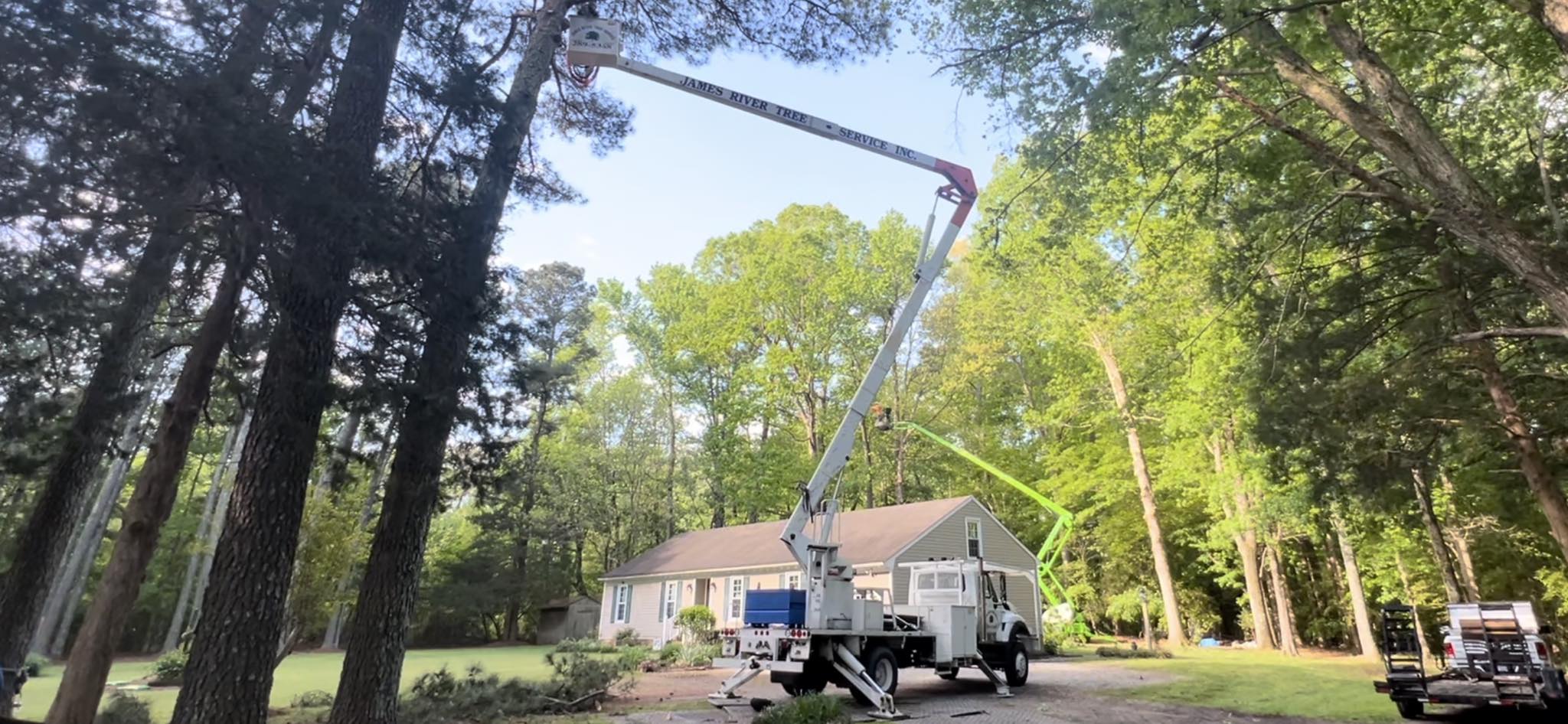
How to Identify and Manage Tree Diseases Effectively Nov 17, 2025
Begin by recognizing that tree diseases manifest in various ways, usually through visible signs or symptoms. Common indicators include unusual leaf color, wilting, unusual growths, or peeling bark. Early detection is key; therefore, regular inspections are essential. A simple walk around your property, especially during the changing seasons, helps you stay vigilant to any abnormalities.
One frequent issue is leaf spots, which appear as blemishes on the foliage caused by fungi or bacteria. These are typically not life-threatening but can spread easily. Another concern is cankers, often visible as dead areas on branches or trunks, which weaken the structural integrity of the tree. If left untreated, these can girdle the tree, cutting off nutrients and water.
Now, let's discuss management. For minor infections like leaf spots, removing affected leaves and maintaining good sanitation might suffice. Ensure proper grooming by disposing of fallen leaves and pruning twigs, as this prevents disease spread.
For more severe issues like cankers, professional intervention might be necessary. Pruning infected parts of the tree can prevent further damage, but it’s critical to sanitize tools between cuts to avoid cross-contamination. Sometimes, systemic treatments or fungicides are needed, administered by tree care professionals to ensure proper application and safety.
Prevention is equally crucial. Choosing the right species for your environment can substantially reduce susceptibility to diseases. Research and select tree species that naturally resist common local diseases. Consult with a tree service expert if unsure which varieties are best for your area.
Besides, promoting a healthy ecosystem around your trees is an effective preventive measure. Proper irrigation can eliminate stress on trees, making them less vulnerable to infection. However, watering should be moderate, as excessive moisture can encourage fungi growth. Mulching also helps by conserving moisture, reducing stress, and providing essential nutrients as it breaks down.
Also, implement a regular fertilization schedule. Trees lacking nutrients are more prone to diseases. Soil tests can identify deficiencies, enabling tailored fertilization strategies. Remember, over-fertilization can be as harmful as under-fertilization, so balance is crucial.
Lastly, integrate pest management strategies since insects often facilitate disease spread or exacerbate existing conditions. Encourage beneficial insects that naturally prey on harmful ones, or consult with tree care specialists about safe insecticide options.
In conclusion, while tree diseases can be daunting, informed and proactive management is invaluable. Regular monitoring, early intervention, and consistent preventive measures will safeguard your trees effectively. For those encountering challenges beyond DIY capabilities, consider reaching out to professional services like James River Tree Service. Our experts provide tailored solutions and comprehensive care plans to ensure your trees remain beautiful, healthy, and disease-free for years to come. Stay informed, keep vigilant, and your trees will stand tall and vibrant all year round.
/filters:no_upscale()/filters:format(webp)/media/ba79db86-3fc3-4fc7-a3ba-417372eea1c5.jpeg)